Mulher/Woman
An ever-changing experience
In October 2024, I delivered a lecture at the Department of Romance Studies at Cornell University for students studying Portuguese language with Prof. Denise Osborne. I brought painting materials so that students could paint while they watched me. My intent was to create a book with their paintings, which I instructed them to make to represent their favorite word in Portuguese. The lecture was beautiful and inspiring, as it interwove the art historical references I was bringing from Brazil with the students’ experience of the language, focusing on how we live a language in all its dimensions, starting from our bodies. The word I’ve been activating for this kind of work is corporeality.
After contemplating for almost a year the beautiful works that the students created, I came up with the right sequence for the book, using the paintings “Mulher” (woman) and “Criar” (create) as its covers, thereby incorporating all the other concepts as ways to define these words.
The poem that the book generates is:
Mulher (woman)
Alegria (joy)
Natureza (nature)
Cidade (city)
Arco-iris (rainbow)
Devoradora (devouring)
Ferradura (horseshoe)
Amor (love)
Gentil (gentle)
Saudade
Céu (sky)
Gradiente (gradient)
Fofo (cute)
Beija-flor (hummingbird)
Paralelepípedo (paving stone)
Natureza (nature)
Música (music)
Natureza (nature)
Identidade (identity)
Presente (present/gift)
Tranquilidade (tranquility)
Liberdade (freedom)
Só (alone)
Criar (create)
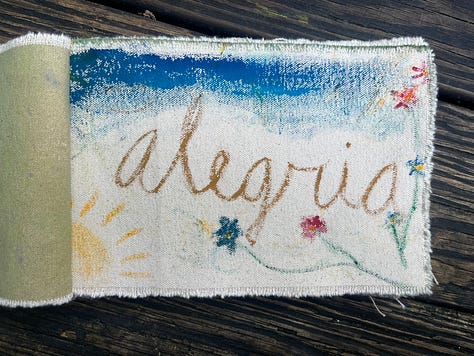
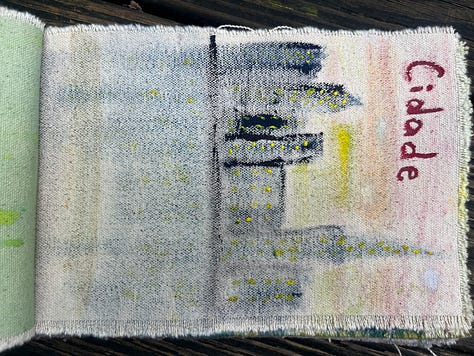
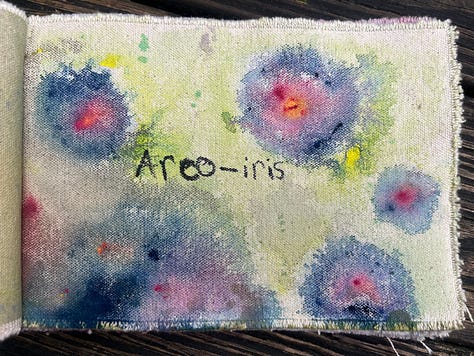
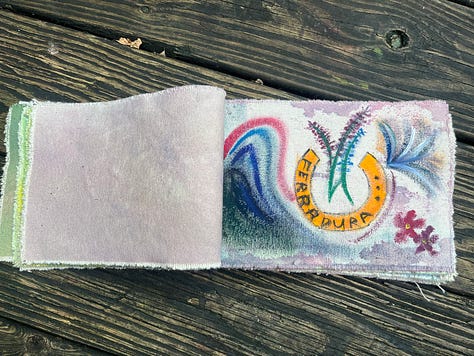
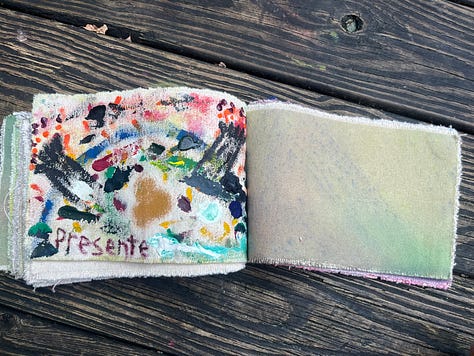
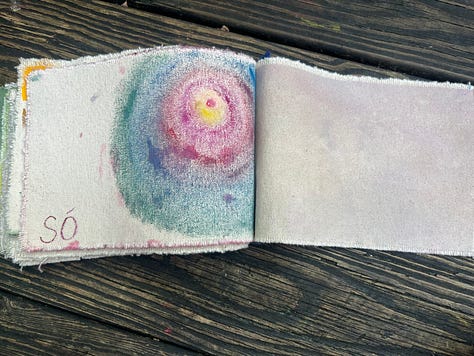
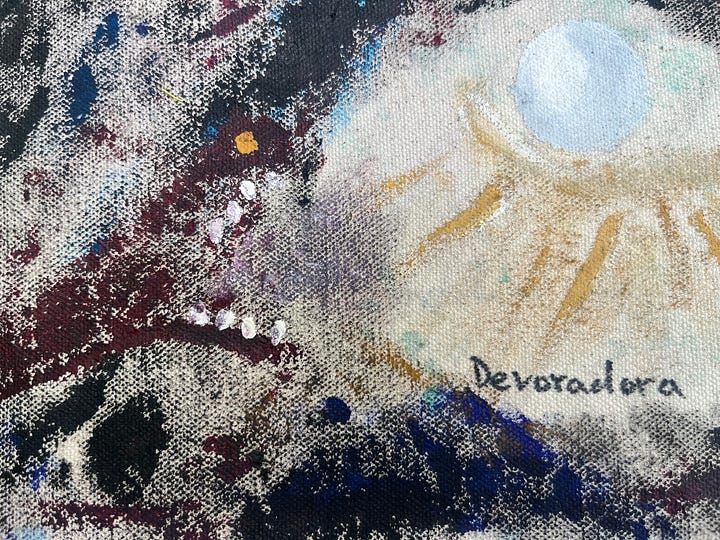
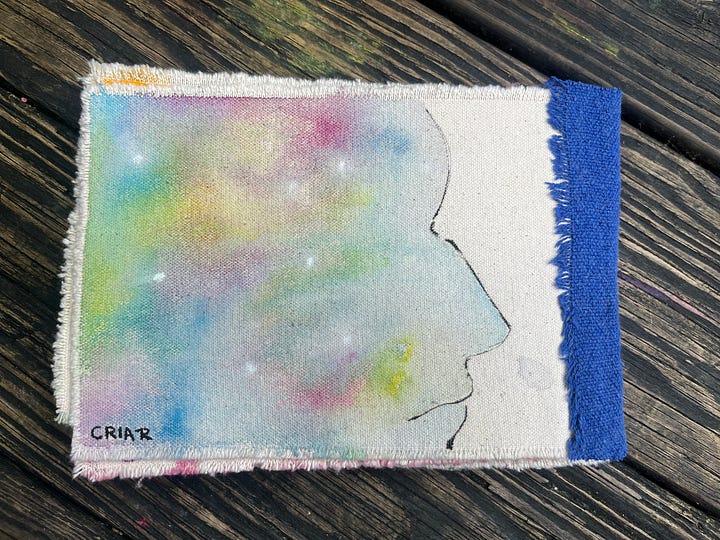
I love how, when related to “woman,” all the other words in the book acquire a changed concept, in a very simple way, introducing the necessary understanding of the continual transformation of what it means to experience being a woman. I also love that there are three different expressions of natureza (nature), expressing how even the “natural” aspects of being a woman can have diverse manifestations.

